The pioneer of electric car technology, Tesla, suffered a significant setback lately when it recalled more than two million cars. This recall, the fourth in less than two years due to pressure from federal authorities, has significant ramifications for the electric car sector. Even though Tesla’s Autopilot technology is often praised as the height of automotive innovation, it has been closely examined. Autosteer, a function that may maintain a vehicle in its lane without human assistance, is part of this system, which consists of several characteristics that let the car take over to varied degrees.
The National Highway Traffic Safety Administration (NHTSA) investigated Tesla’s Autopilot driver-assistance technology in August 2021, which led to the recall. This inquiry was conducted in response to many incidents employing the technology, some tragic. Although Tesla’s user manuals stress the value of drivers maintaining their hands on the wheel and being prepared to take over in an emergency, Autopilot is intended to operate automobiles on highways.
Regulators were worried about Tesla’s ability to stop drivers from abusing Autopilot. Assuming their vehicle could drive itself, some drivers pushed it on local roads and became dangerously preoccupied. When drivers failed to “maintain responsibility for vehicle operation” and Autosteer was activated, the NHTSA declared an “increased risk of a crash.”
Tesla promised to wirelessly update its vehicles with new, more noticeable visual warnings and checks to solve these issues and remind drivers to maintain attention and keep their hands on the wheel while Autosteer is enabled.
Tesla’s Reaction
However, Tesla disagreed with the NHTSA’s evaluation of the technology. According to the manufacturer, Autopilot increased vehicle safety. According to Tesla, their method succeeded in avoiding the predictable abuse of technology, which is the responsibility of manufacturers.
The CEO of Tesla, Elon Musk, said that he was firmly in favor of the technology and that “given the incontrovertible data that shows it is saving lives and preventing injury, it is morally indefensible not to make these systems available to a wider set of consumers.”
The Extended Discussion on Autopilot Security
Tesla and government officials aren’t the only ones arguing over Autopilot’s safety. Many authorities have shared their opinions. Some people think Autopilot is only a convenience feature, while others believe it makes driving safer.
Carnegie Mellon University associate professor and self-driving software expert Philip Koopman claims that new vehicle standard features like automated emergency braking account for most safety improvements. Instead of a safety feature, he said Autopilot was more for convenience.
The Future Fund’s managing partner, Gary Black, said that Tesla’s reputation has undoubtedly suffered this year. Traditional automakers like General Motors, Hyundai, and Ford have joined the electric car industry, posing a growing threat to Tesla, which formerly owned a sizable portion of the US market for electric vehicles.
The Tesla recall exemplifies the continuous tug-of-war between businesses creating autonomous driving technology and government regulations. After several mishaps, safety concerns have resulted in occurrences like the suspension of Cruise’s driverless taxi service in San Francisco.
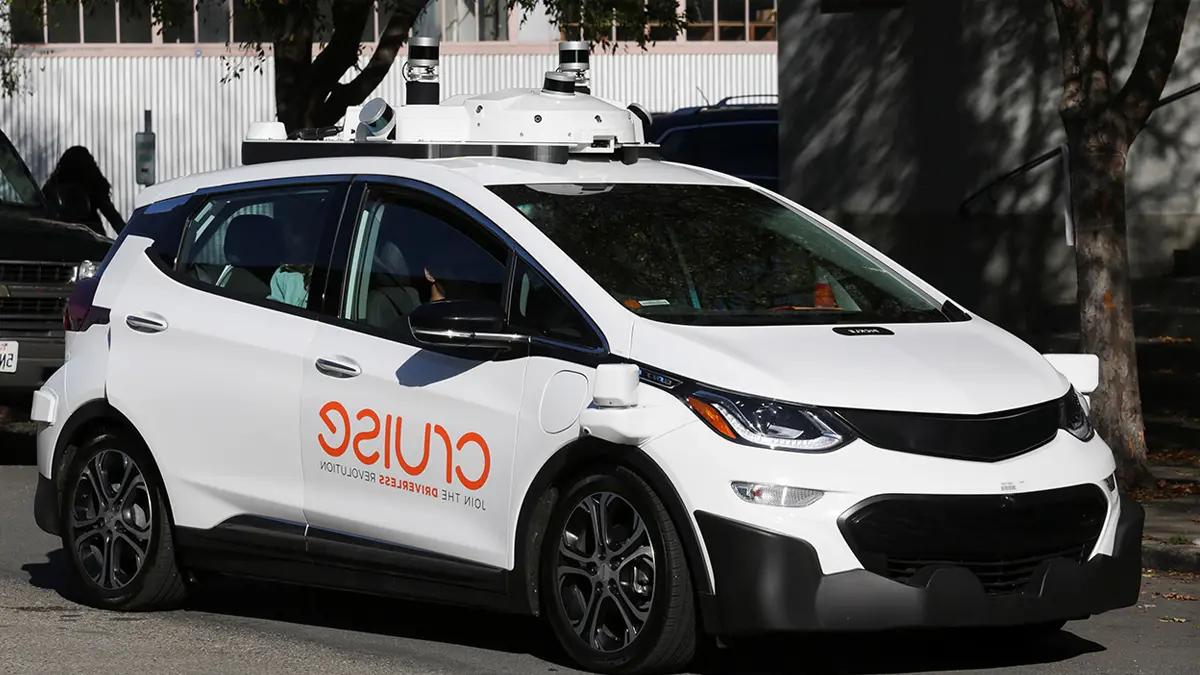
The transportation secretary, Pete Buttigieg, stressed the significance of safety in advancing these technologies. Citing many traffic accidents and road deaths, he said that businesses should demonstrate the safety of self-driving technology before allowing it to be used widely.
The Tesla recall has ignited discussions on the potential uses of autonomous cars. Using the technology correctly and securely is vital, even though it might revolutionize transportation.
Level 0 refers to completely manual driving, Level 5 to utterly autonomous driving, and each group is defined by the Society of Automotive Engineers (SAE). Level 2 requires constant oversight while driving, such as Autopilot from Tesla.
Other manufacturers are developing advanced driver assistance systems (ADAS) and self-driving features. According to Consumer Reports, the best ADAS system is Ford’s BlueCruise, which Cadillac Super Cruise and Mercedes-Benz Driver Assistance follow. The Autopilot Vehicles from Tesla is positioned in the center.
An Up-Close Look at Autonomous Vehicles:
1. Tesla Model S (2023)
2. Cadillac Escalade 2023
3. Genesis G90 (2023)
4. Ford F-150 (2023)
5. The BMW X5 of 2023
6. Mercedes-Benz E-Class for 2023
7. Volvo V90 Cross from 2023
Moreover, several other vehicles have self-driving capabilities, such as the Audi A8, Nissan Ariya, Mercedes-Benz S-Class, BMW X7, Audi ID, and Mustang Mach-E.
These vehicles represent diverse consumer options exploring self-driving and advanced driver assistance technologies.
Tesla Autopilot vs. Full Self-Driving Capability: A Comparison
| Feature | Autopilot | Enhanced Autopilot | Full Self-Driving Capability |
| Availability | Standard on all new Teslas | Optional add-on | Optional add-on (more expensive than Enhanced Autopilot) |
| Driver Supervision | Need at all times | Need at all times | Currently need at all times (aiming for Level 5 autonomy in the future) |
| Highway Features | Adaptive cruise control | Traffic-aware cruise control | Same as Enhanced Autopilot + automatic lane changes, exit lanes, and highway summon |
| City Street Features | None | Optional auto lane change and Navigate on Autopilot | Limited autosteer (beta), traffic and stop sign control, smart summon (parking lot and garage) |
| Parking | Basic parallel and perpendicular parking | Summon (forward and backward) | Same as Enhanced Autopilot + self-parking in any space |
| Additional Features | Speed limit control, lane departure warning, automatic emergency braking | Same as Autopilot + blind spot monitoring, cross-traffic alert, auto high beams | Same as Enhanced Autopilot + traffic light and stop sign visualization, driver state monitoring |
| Level of Autonomy | Level 2 (Driver Assistance) | Level 2 (Driver Assistance) | Currently Level 2 (Driver Assistance), striving for Level 5 (Full Autonomy) |
| Cost | Standard with car purchase | Additional $4,000 purchase | Additional $15,000 purchase |
Comprehending Tesla’s Autopilot
Tesla’s Autopilot system comes standard with all new Tesla vehicles, providing features like lane centering and traffic-aware cruise control. Enhancements to Enhanced Autopilot (EA) include:
- Call the automobile from a garage or parking place.
- Semi-autonomous navigation on restricted access roads.
Always remember that Autopilot Vehicles requires the driver’s full attention at all times. Autosteer and other sophisticated technologies help with lane maintenance, but the driver must still be prepared to take over at a moment’s notice, particularly while turning at junctions.
The Autonomous Vehicle Safety Record
When self-driving vehicles are discussed, a common question is whether or not they have ever been in an accident. The data presents a complex image:
• There have been 273 self-driving car accidents, with Tesla vehicles being the most common in such incidents.
• Of these accidents, 70% occurred while the Autopilot beta was in use.
• Out of 98 self-driving crashes resulting in injuries, 11 were classified as severe.
• Tragically, five incidents involving Tesla’s were fatal.
Autopilot Beyond the Roads
Autopilot technology isn’t limited to terrestrial vehicles. It also finds applications in uncrewed aerial vehicles (UAVs). For UAVs, autopilot systems are crucial for controlling roll, pitch, yaw, altitude, and navigation to waypoints, as well as for automatic takeoff and landing.
UAV autopilots serve various missions, including cargo delivery, surveillance, and mapping. They have four main functions:
1. Trajectory Control: Automatically adjust the aircraft’s trajectory to meet technical requirements.
2. Attitude Maintenance: Assist in maneuvering the aircraft.
3. Sensor Data Processing: Process sensor data and determine the best course of action for the drone.
4. Altitude Adjustment: Change the drone’s orientation, navigate around obstacles, or return home when the battery is low.
These systems comprise sensitive components, computers, and servos, ensuring UAVs can carry out missions autonomously and safely.
The phrase “autopilot auto-install apps” can have multiple interpretations in different contexts. To understand what you’re looking for, clarify which scenario you’re interested in. Here are. Some possibilities:
1. Tesla Autopilot:
If you’re referring to Tesla Autopilot, it cannot directly install apps on your car. Autopilot is a driver assistance system, not an app store. However, Tesla vehicles have an app store where you can download and install various applications (games, entertainment, etc.). These apps are manually installed by the user, not through Autopilot.
2. Microsoft Intune Autopilot:
In the context of Microsoft Intune Autopilot, there are several ways to install apps during the device provisioning process automatically:
- Windows Package Manager (WinGet): You can use configuration profiles to specify WinGet apps for automatic installation during Autopilot.
- Intune app deployment: Intune allows you to automatically assign and install line-of-business apps (LOBs) and Microsoft Store apps during Autopilot.
- Provisioning packages (PPKG): You can package custom applications alongside Windows in a PPKG and deploy them during Autopilot.
3. Other Autopilot systems: Some car manufacturers have them, but their capabilities and app installation functionalities might differ.
Autopilot App Installation Options: A Comparison
| Method | Description | Advantages | Disadvantages |
| Microsoft Intune | Manage app pre-installation, deployment, and configuration during Autopilot setup. | Centralized control and management. Automatic installation and updates. Flexible configuration options. | Requires Intune subscription. Can be complex to set up and manage. |
| Windows Package Manager (WinGet) | Use configuration profiles to download and install WinGet apps during Autopilot. | Easy to use and configure. Large library of available apps. | Limited to WinGet apps. Some apps may require additional configuration. |
| Built-in Autopilot Provisioning Packages (PPKG) | Package and deploy custom applications alongside Windows during Autopilot deployment. | Highly customizable for specific application needs. Offline deployment potential. | Requires advanced PPKG creation skills. Can be slow and resource-intensive. |
| Third-party deployment tools | Utilize specialized software for app deployment during Autopilot. | -Feature-rich tools with automation capabilities. Integrate with different app formats and sources. | Additional software cost and complexity. – Requires trust in third-party vendor. |
| Manual user installation | Users download and install apps themselves after Autopilot setup. | No upfront configuration needed. – Users can choose preferred apps. | Inconsistent user experience. – Security risks from potential malware. |
Impact on Tesla’s Standing in the Industry
Tesla’s reputation suffered from this recall. Concerns about Autopilot’s reliability and security have hurt the company’s reputation for innovative cars. This recall and others have damaged Tesla’s electric vehicle pioneer status.
After an NHTSA investigation, Tesla’s Autopilot driver-assistance technology was recalled. Many technology-related mishaps, some tragic, prompted the inquiry. Tesla’s user instructions emphasize driver focus and control. Since Autopilot is built for highways, it might be misused on more minor roads.
The ability of Tesla to stop drivers from misusing Autopilot alarmed regulators in particular because it may result in an “increased risk of a crash.” Tesla promised to upgrade its cars with more conspicuous alerts and inspections to solve these vulnerabilities.
Conversely, Tesla disputes the NHTSA’s assessment, asserting that drivers are primarily responsible for enhancing vehicle safety via Autopilot. Elon Musk, the Chief Executive Officer of Tesla, aggressively advocated for the technology, citing proof of its life-saving capabilities.
The recall has adversely impacted Tesla’s brand reputation as concerns over the reliability and safety of Autopilot technology have arisen. Conventional automakers are increasingly entering the electric car business, posing a challenge to Tesla’s dominant position.
The recall draws attention to the continuous conflict between businesses creating autonomous driving technology and governmental laws, highlighting how crucial it is to guarantee safety before allowing wider use. The need to use this technology responsibly and the possible applications of autonomous cars are also discussed.
In the quickly changing field of autonomous driving technology, Tesla’s recall of more than two million cars over worries about its Autopilot feature, which has sparked serious concerns about the safety and standing of the electric car maker.


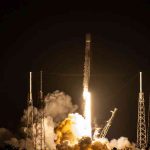



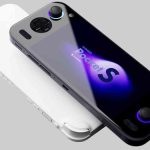
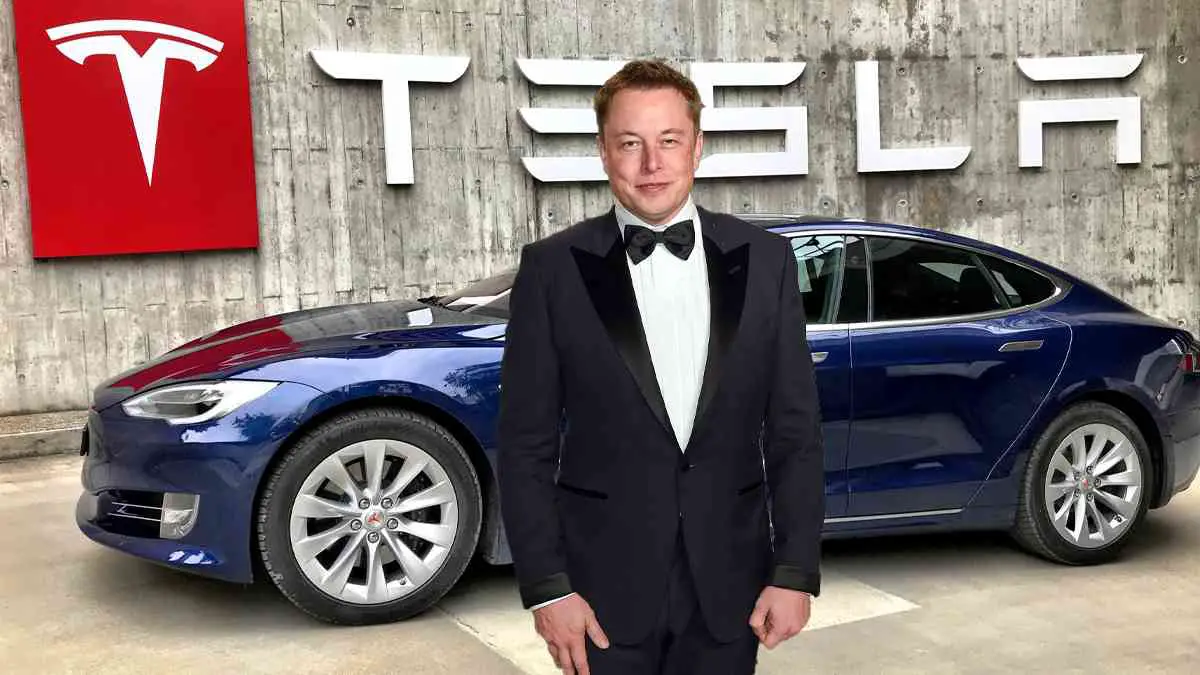


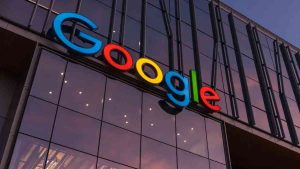


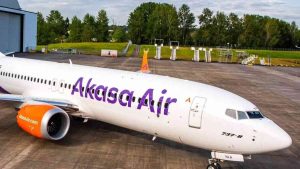
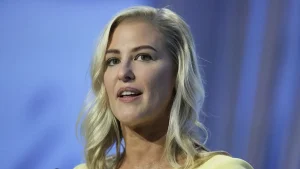


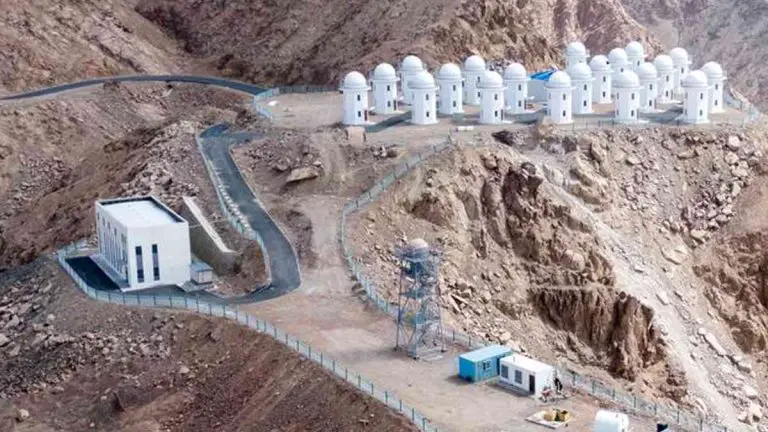
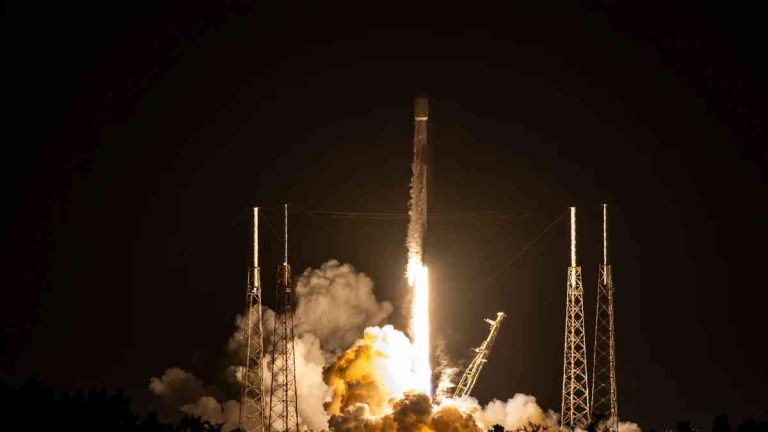

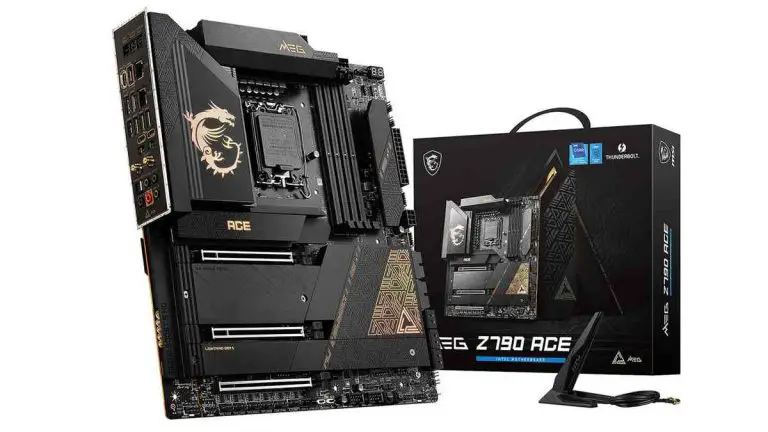

+ There are no comments
Add yours